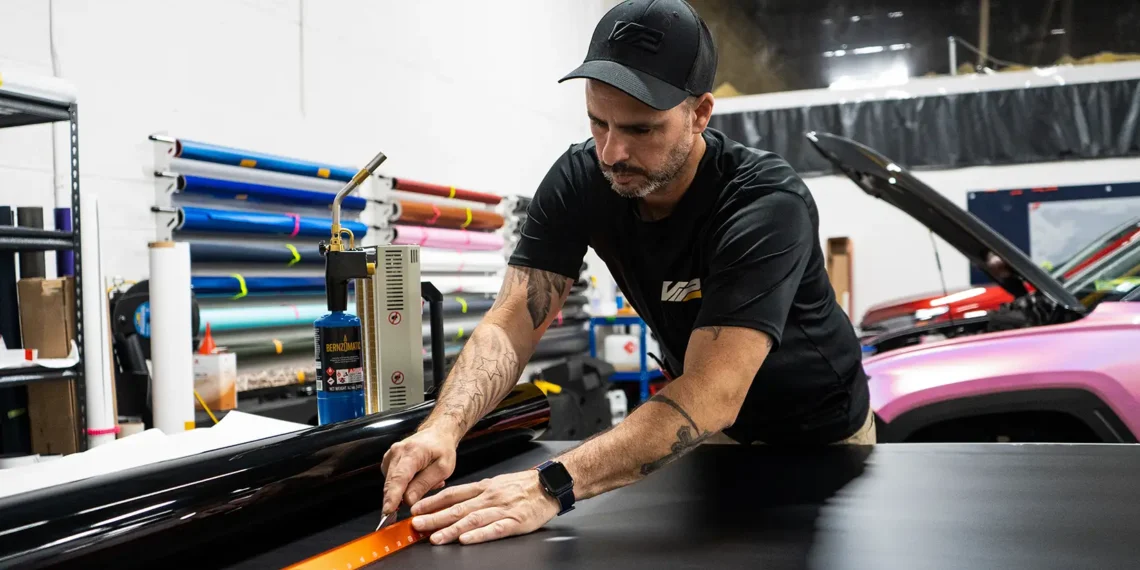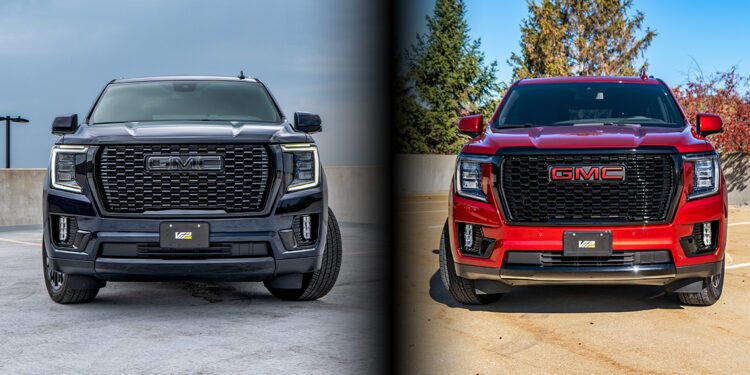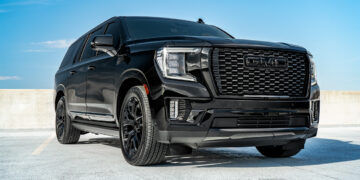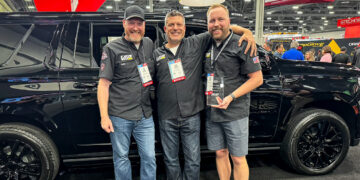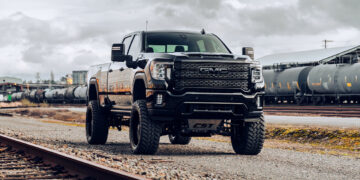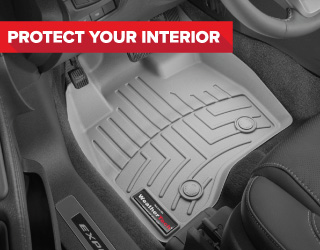You’ll find a lot of different numbers on the internet when it comes to wrap pricing. But they all have one thing in common. They are unreliable.
That is why you should seek out individualized estimates for your project. Especially if you are new to vehicle wraps. We approach every project with a fresh pair of eyes and the goal of understanding what your wants truly are. With that information in hand we begin the process of generating an accurate bid.
If you look under the hood of that bid, you’ll find six underlying factors. When you have an understanding of each, the final numbers begin to make more sense. First up is the most obvious–size.
1. Size
Most wrap shops start here, because it is the easiest aspect to calculate. How big is the vehicle? A Tesla Cybertruck is going to use more film than a Mini Cooper. And an RV is going to use more than those two combined.
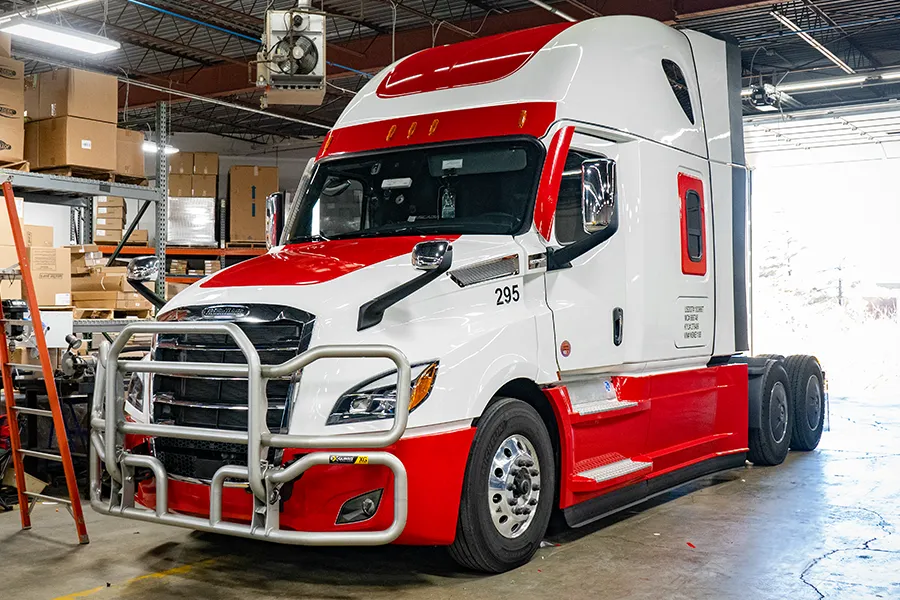
Most vehicles will use over 200 square feet of material, with larger vehicles hitting the 300-400 sq/ft mark. Wrapping a vehicle is a lot like putting down flooring–you should always buy a little more than you need.
2. Film Choice
The film you choose also has a big impact on your quote. An ordinary color is almost always going to be more affordable than a special finish.
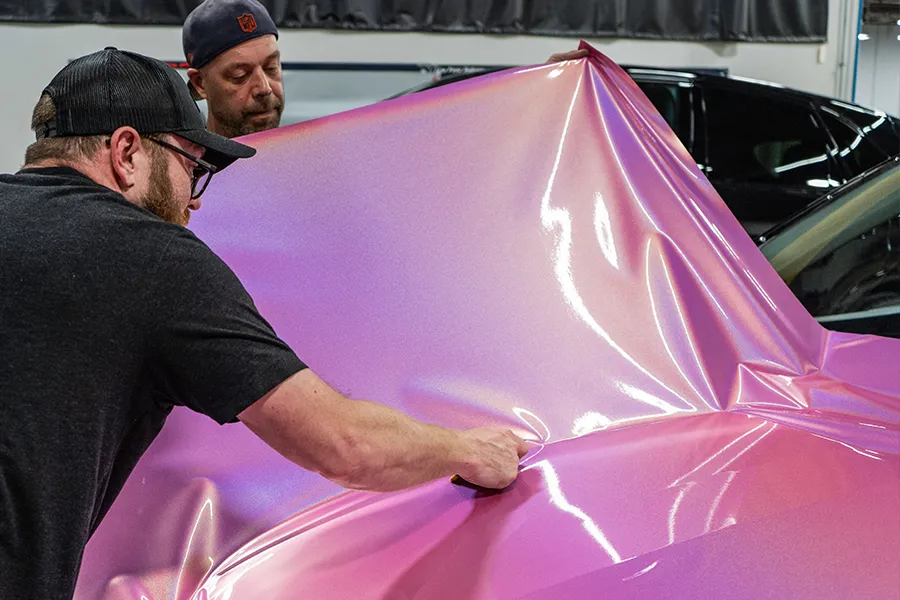
A specialized film can cost as much as 2-3 times an ordinary film. Most film manufacturers have a collection of specialty films in their catalog. They may be iridescent, chrome, or textured. The most popular specialty films shift colors depending on viewing angle. 3M calls these color flip and Avery Dennison calls it ColorFlow.

Often these specialty films need to be special ordered, so its not recommended for tight budgets or timelines.
3. Coverage
Choosing to cover more or less of your vehicle can significantly alter your final price. Full coverage is not always the best option, which is why we offer free wrap consultations. They help interested clients figure out what is best for their budget and their use case.
Full Wraps
The most costly route will be full coverage. Many refer to this as a color change wrap–you start with a white car and turn it into green car. But a common misconception is this alters every part of the vehicle. In reality most “full” wraps don’t fully cover the vehicle. Spaces like the door jambs typically don’t get wrapped. The high complexity of these spots and the fact that you won’t see them most of the time keeps most from pursuing them.

If you’re wanting to hide every ounce of your vehicle’s original paint color, then a wrap might not be the right choice. The main advantage of painting a vehicle is 100% coverage. Unfortunately it also comes with a lot of downsides.
Partial Wraps
You can save money with a partial wrap. Many vehicles get a dramatic improvement by altering one or two panels. A hood wrap is the most common one you’ve seen. Vehicles like the Dodge Challenger have made hood wraps a popular choice.
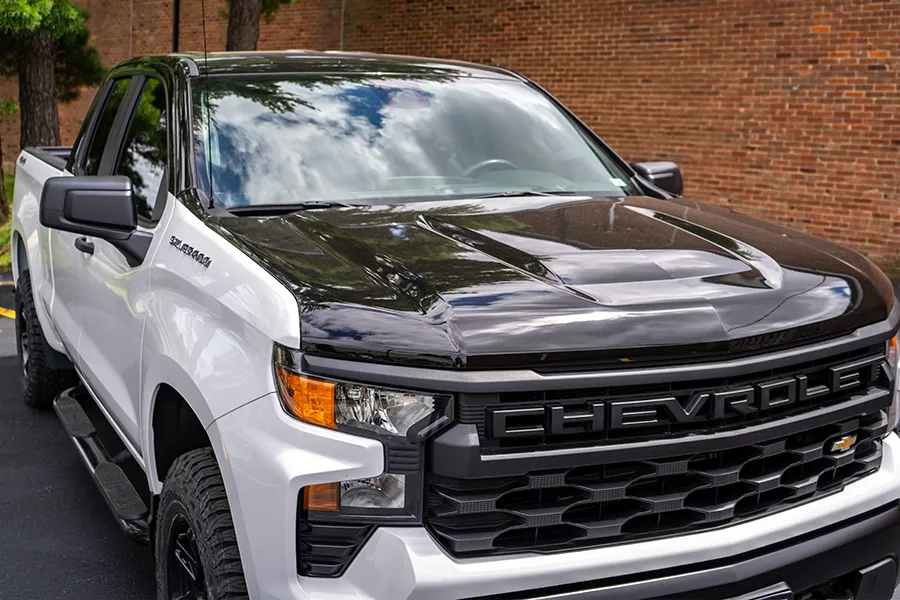
A newer trend in the industry are roof wraps. These are usually done in black or white and can create a sporty/luxury look. Changing your roof color works well because of the natural body line split. The rise in panoramic moon roofs has also made this a more popular choice. You’ve seen black roofs on the MINI Cooper, Ford Flex, Toyota Camry, Jeep Renegade, and iconic Land Rover lineup. Some people even refer to it as the “Land Rover look”.
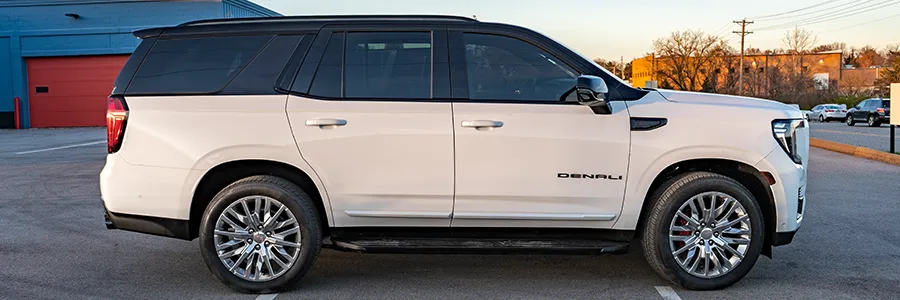
White is also a growing color choice among our clients. It provides a retro or sporty pop. It has gained popularity from manufacturers offering it as an option on certain vehicles. The Toyota RAV4, Kia Soul, and Ford Bronco all offer models with a white roof.
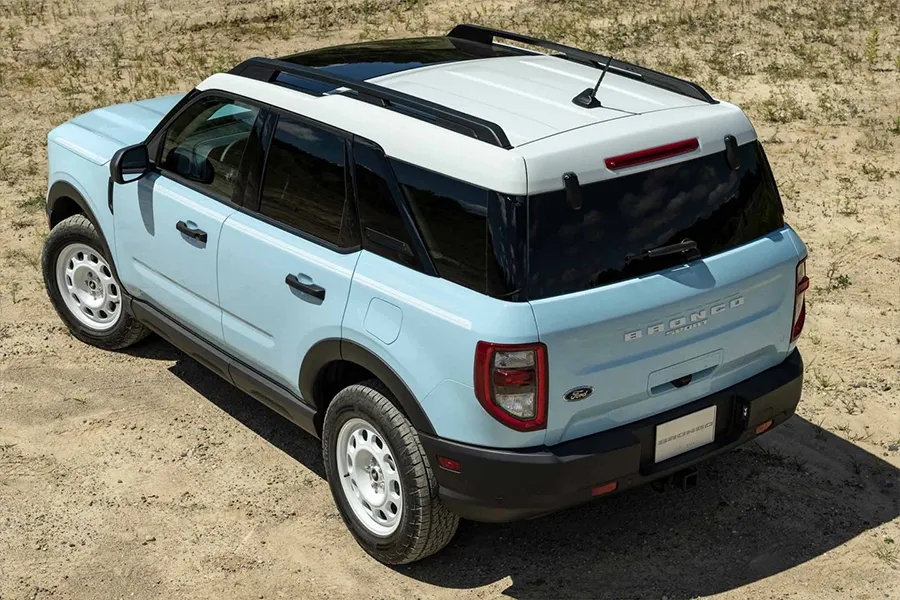
4. Vehicle Complexity
All vehicles are not created equal. The shape and complexity of a vehicle can also have dramatic effects on a wrap quote. Take the Tesla Cybertruck for example. You might not like how it looks, but flat panels are a breeze to wrap!
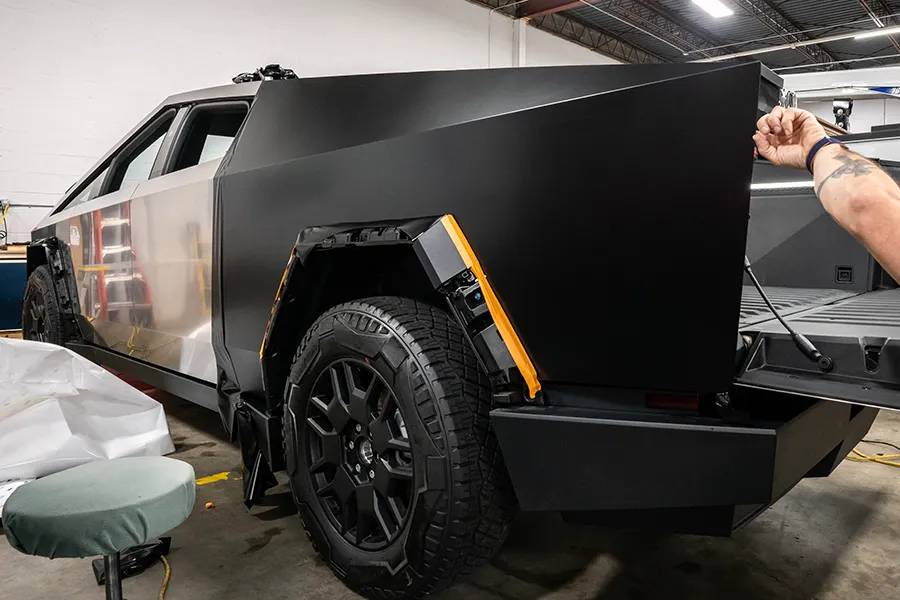
Like any other activity in life, repetition creates efficiency. That’s why choosing an experienced shop could also lower your wrap price. An experienced installer will be able to give you a shorter and more accurate labor time. An inexperienced installer will likely over-bid the amount of time it takes to wrap your vehicle.
5. Vehicle Rarity
If you have a collector vehicle it will cost more to wrap. At our shop we do not quote a Toyota Corolla wrap in the same way we quote a Ferrari Testarossa. Working on high-end vehicles requires more care and time. This is something to keep in mind when researching the right shop for your wrap.
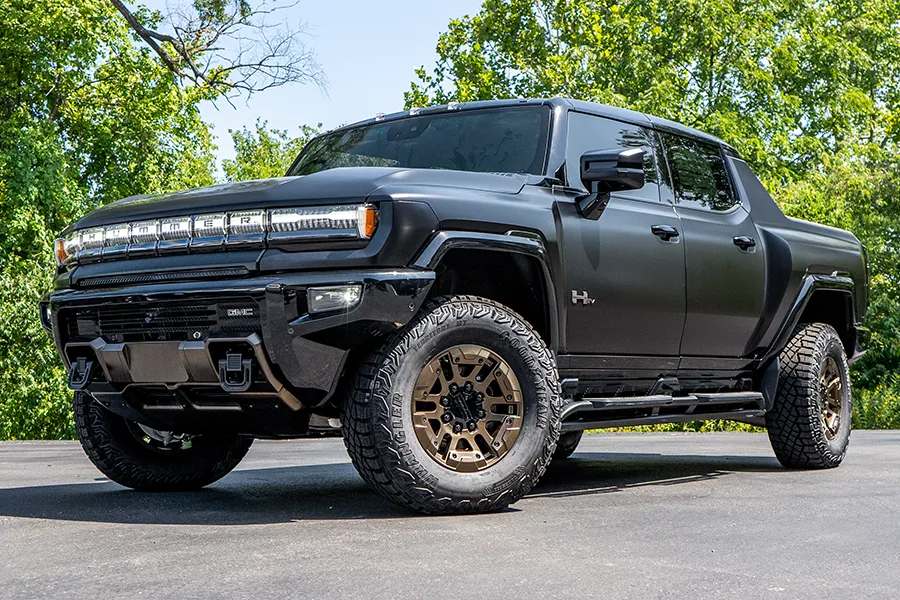
A shop also takes on the risk of damaging something that will be hard (or expensive) to replace. No one ever intends to damage the vehicle they are working on, but sometimes it happens, and most shops account for this in their quote.
6. Extra Services
You won’t run into this at every wrap shop, but many have more than wraps to offer. You can often get discounts by bundling together several services at once.
Ceramic Coating
Our St. Louis location frequently applies ceramic coating to our finished wraps. It’s a popular choice because extends the life and makes its care easier to care for your wrap. This is especially helpful on non-glossy finishes like satin or matte.
Paint Protection Film
Some clients go a step further and have us apply paint protection film (PPF) on high impact areas of the vehicle. It is an optically clear vinyl that protects the vehicle from rock chips, scratches, and swirls. A ceramic coating can also be applied on top for yet another layer of protection.
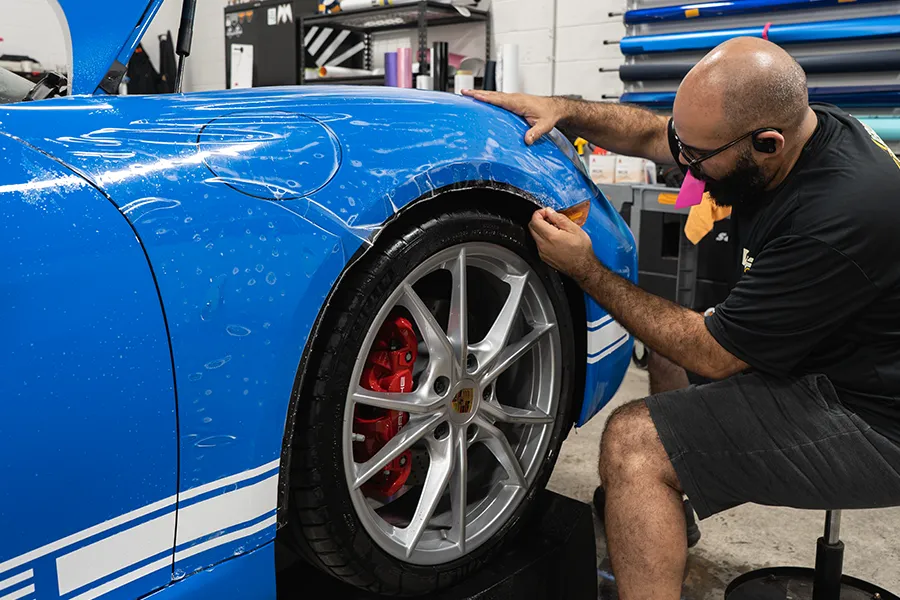
Leather Seats
Many of our clients are looking for a totally different visual look. A wrap changes the outside, but what about the inside? Rather than cheap looking seat covers, we offer full-replacement leather interiors. You can customize your leather just as much as you can customize your wrap.
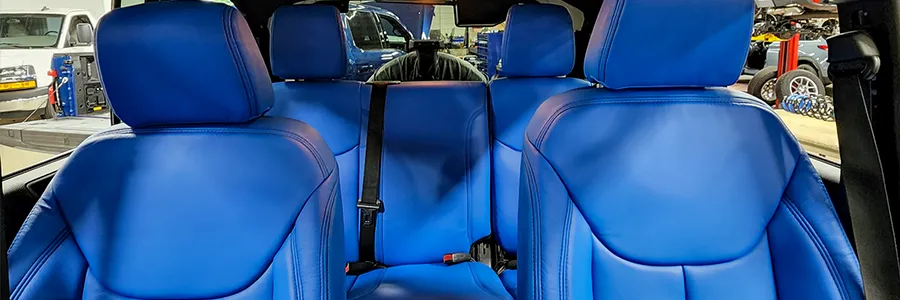
With a better understanding of wrap pricing it should be easier to make a decision you’re comfortable with.
If you’re in the market for a wrap don’t hesitate to reach out to our shop in St. Louis, MO. We will even handle transporting your vehicle if you aren’t local. Find out more or let us give you a wrap quote here.

